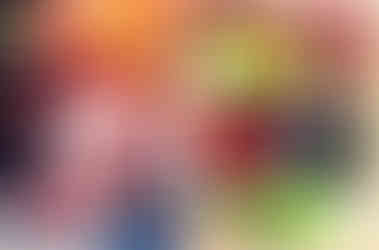What is creativity?
Creativity is a phenomenon whereby something new and somehow valuable is formed. The created item may be intangible or a physical object.
If you have ideas but don’t act on them, you are imaginative but not creative.
“Creativity is a combinatorial force: it’s our ability to tap into our ‘inner’ pool of resources – knowledge, insight, information, inspiration and all the fragments populating our minds – that we’ve accumulated over the years just by being present and alive and awake to the world and to combine them in extraordinary new ways.”
— Maria Popova, Brainpickings
“Creativity is the process of bringing something new into being. Creativity requires passion and commitment. It brings to our awareness what was previously hidden and points to new life. The experience is one of heightened consciousness: ecstasy.”
– Rollo May, The Courage to Create
Constraint drives creativity
Every week I research and plan a one hour long session for my online Creativity Club. This week I went back to the roots of the concept and started tinkering with the definition of what creativity means to people who practice it. I began with the info above but soon stumbled on a concept I had never heard of before: Mind Mapping.
Mind Mapping
A mind map is a graphical way to represent ideas and concepts. It is a visual thinking tool that helps structuring information, helping you to better analyze, comprehend, synthesize, recall and generate new ideas. ... It presents, in a visual way, the core elements and techniques on how to draw mind maps. It was conjured up by a guy named Tony Buzan. Here, let him tell you:
Basically it's a method designed to capture your many thoughts about a concept or a statement in a graphic representation that helps you organize your thoughts in a way that not only prioritizes them but also helps you expand on them.
How To Make A Mind Map
Start in the middle of a blank page, writing or drawing the idea you intend to develop. I would suggest that you use the page in landscape orientation.
Develop the related subtopics around this central topic, connecting each of them to the center with a line.
Repeat the same process for the subtopics, generating lower-level subtopics as you see fit, connecting each of those to the corresponding subtopic.
You should in no way feel limited to using just text and lines, but add images, icons and color to help represent your multi-dimensional way of thinking through a concept. Here are a slew of Mind Maps created by high school student on a variety of central topics. Have fun being inspired by the myriad solutions to the mind mapping concept.
This gal walks you through the process: in this short video:
Finally, below is the Mind Map I created around the statement: "Why i Make My Art" (click to enlarge)
























